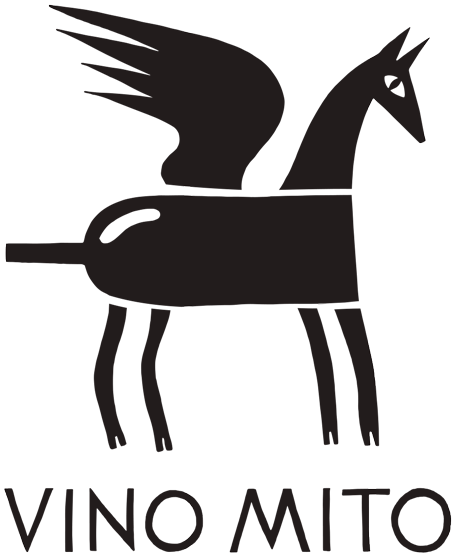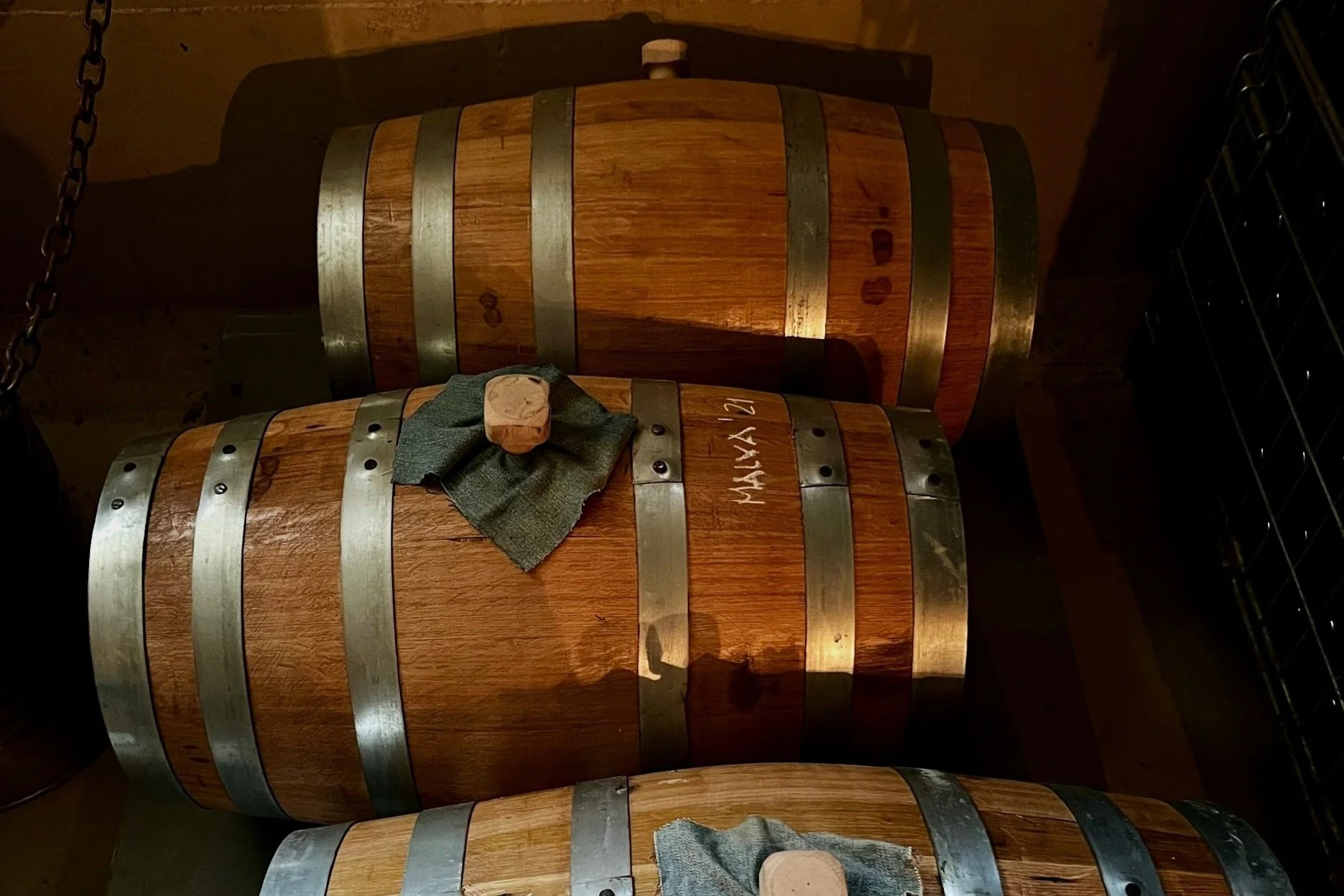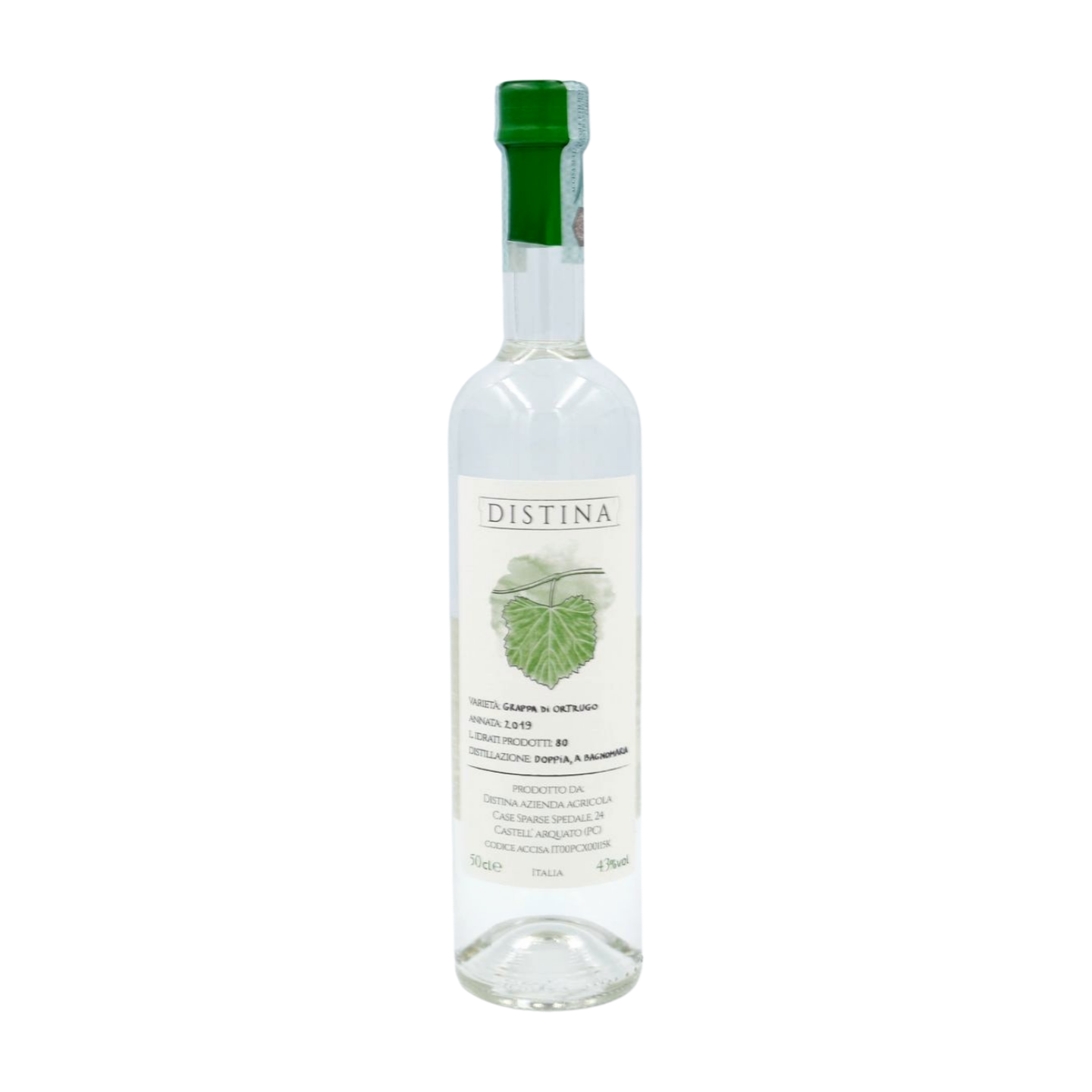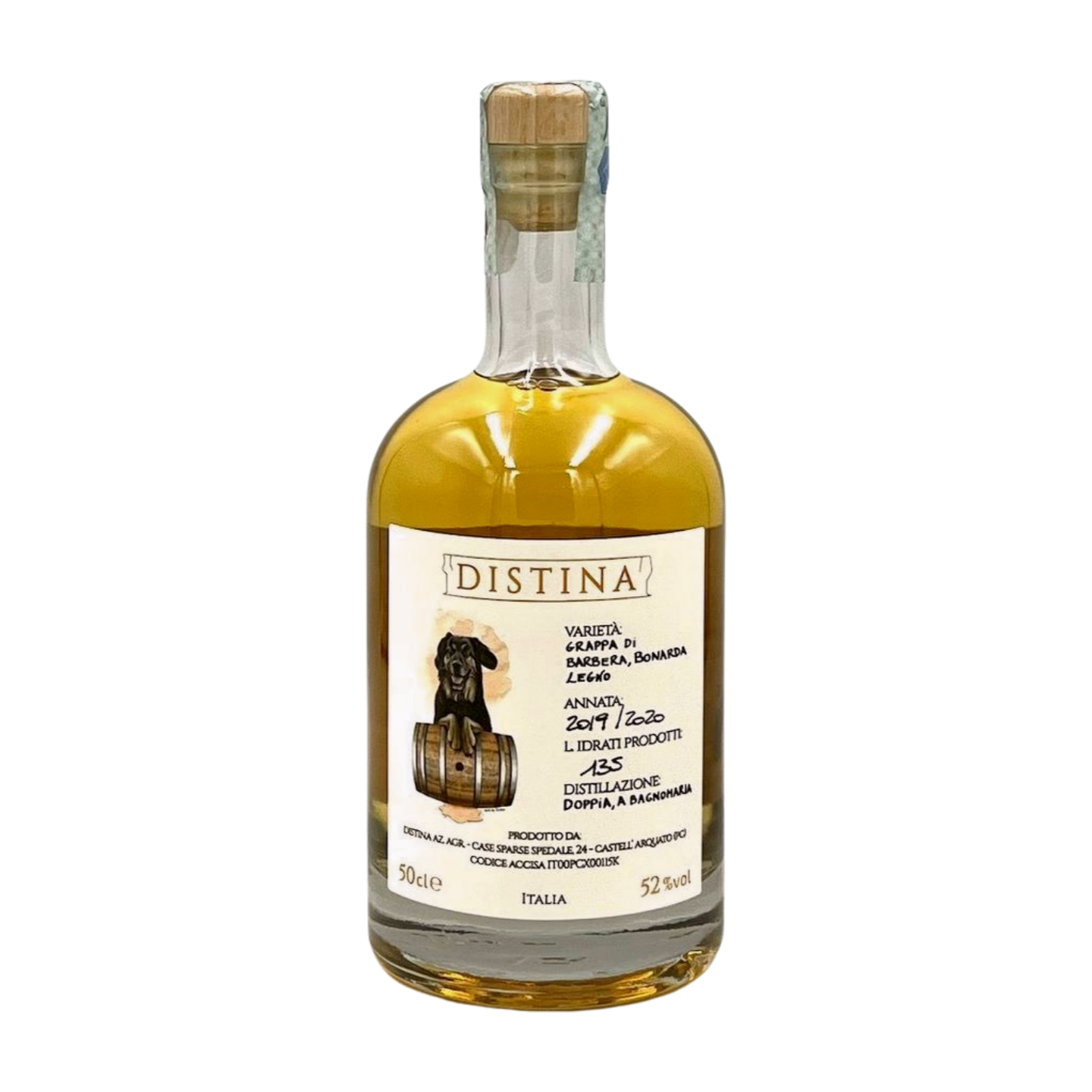Distina
Castell’Arquato (BO) - EMILIA-ROMAGNA
At the age of 27, Claudio Campaner left Milan and the ‘city life’ to move to the small village of Bacedasco Alto, in Piacenza province, on the border with the neighbouring province of Parma. Claudio’s goal was to grow grapes, make wine, but also to distil, hence the name Distina, a portmanteau of ’Dis-tilleria’ and ‘Can-tina’ (cellar in Italian).
Distina is located at an altitude of 250 meters above sea level on white clay and sandy soil. The farm covers a total of six hectares, but only three are planted with vines, as well as half a hectare of fruit. It sits on land once covered by sea and even today shells of various sizes and shapes are regularly dug up during ploughing. Soils in this area have low levels of nitrogen and which means fermentation often struggles to reach completion – which is also why the sugar residue present in the musts during bottling has typically favoured the production of sparkling wines in the region.
The age of Distina’s vines vary: some were planted in 2012 and others date back to the ‘80s. The vines are strictly local, traditional varieties: Bonarda, Barbera, Moscato Bianco, Marsanne, Ortrugo and Malvasia di Candia Aromatica.
At Distina, the principles of organic farming and sustainability has been followed from the very beginning, following in the footsteps of neighbour and mentor, Massimiliano Croci. All the work in the field is performed manually. No synthetic products are used. Biodiversity is encouraged with total grassing between the rows. Harvesting is done by hand. Fermentation is spontaneous and maceration on the skins is undertaken at varying lengths of time. The by-products of maceration are recovered after racking for distilling and after that used to fertilise the soil in the vineyards. Neutral containers such as concrete and fiberglass are used. There is no filtration, no stabilisation, no clarification and only a little sulfur is added if necessary.
Claudio gained experience working with the master distiller ‘the Boss’ Vittorio Capovilla and at a distillation school in Vicenza. Claudio’s goal is to produce expressive and territorial spirits. But distilling faces many obstacles in Italy, including slow-moving bureaucracy, very limited licences, and expensive equipment. It’s hard to start from scratch; little wonder that there are currently only around 130 distilleries that are allowed to make Grappa in the whole country.
Through discontinuous, a bagnomaria (bain-marie) distillation, Claudio uses his tiny copper alambicco to extract alcohol from the by-products of the wine-making process and from old, local fruit varieties. The pomace used comes from healthy grapes and pure wines, which makes Claudio's grappa and other spirits pure and refined. The alcohol percentage varies between 3% to 5% depending on the fruit variety and its fermentation. The grape musts or wine distillates can reach up to 9-10%. The full proof spirit ages in stainless steel tanks for about 6-12 months.
The spirits obtained from this process are completely different from what you generally encounter. They don’t have that nasty aggressive bite, that you often encounter. They are elegant and soft, reflecting the pure spirit of the fruit used to make them.









